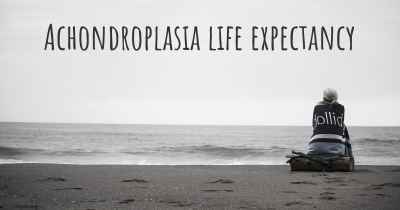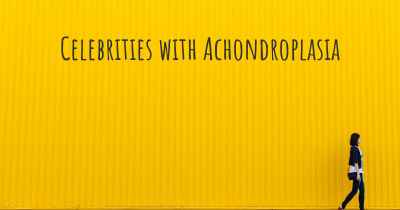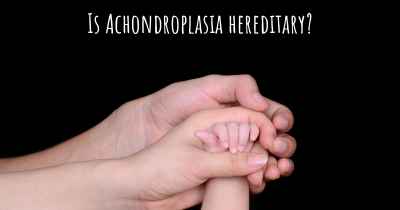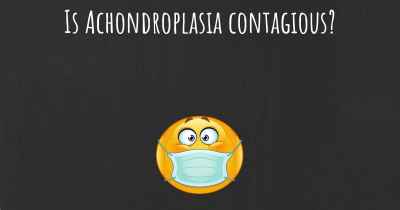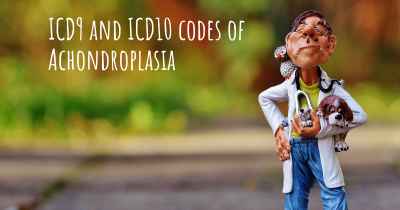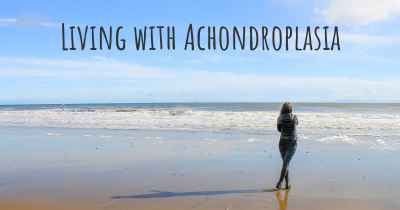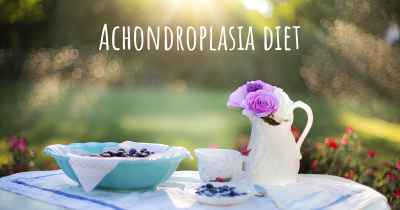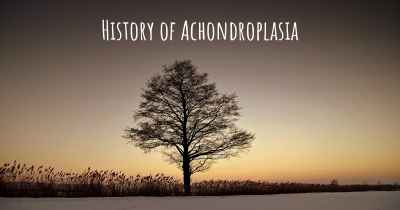Is there any natural treatment for Achondroplasia?
Are there natural treatment(s) that may improve the quality of life of people with Achondroplasia? Here you can see if there is any natural remedy and/or treatment that can help people with Achondroplasia
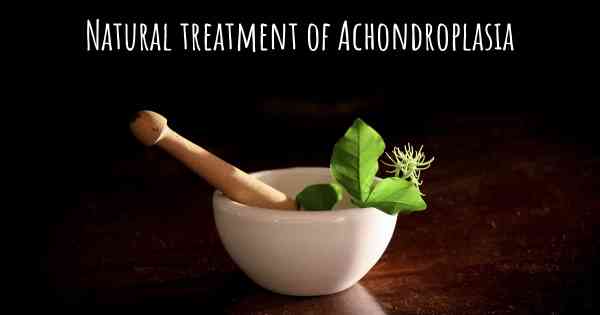
Is there any natural treatment for Achondroplasia?
Achondroplasia is a genetic disorder that affects bone growth, resulting in dwarfism. It is caused by a mutation in the FGFR3 gene, which leads to abnormal cartilage formation and stunted bone growth. While there is no known cure for Achondroplasia, there are several natural treatments and interventions that can help manage the symptoms and improve the quality of life for individuals with this condition.
Physical Therapy and Exercise
Physical therapy plays a crucial role in managing Achondroplasia. It focuses on improving muscle strength, flexibility, and overall mobility. Physical therapists can develop personalized exercise programs that target specific areas of concern, such as strengthening the core muscles, improving posture, and enhancing joint mobility. Regular exercise can help individuals with Achondroplasia maintain a healthy weight, reduce joint pain, and improve overall physical function.
Orthopedic Interventions
Orthopedic interventions can help address some of the skeletal abnormalities associated with Achondroplasia. These interventions may include:
- Limb-lengthening procedures: In some cases, limb-lengthening surgeries can be performed to increase the height of individuals with Achondroplasia. This procedure involves gradually lengthening the bones using external or internal devices.
- Spinal decompression: Achondroplasia can lead to spinal stenosis, which may cause compression of the spinal cord and nerves. Surgical procedures can help relieve pressure on the spinal cord and alleviate associated symptoms.
- Correction of skeletal deformities: Orthopedic surgeries can be performed to correct skeletal deformities, such as bowed legs or curvature of the spine (scoliosis).
Assistive Devices
Assistive devices can greatly improve the daily functioning and independence of individuals with Achondroplasia. These devices may include:
- Orthotic devices: Custom-made orthotic devices, such as shoe inserts or braces, can help provide support, improve stability, and correct alignment issues.
- Mobility aids: Canes, crutches, or walkers can assist with balance and mobility, especially for individuals with spinal or lower limb complications.
- Adaptive equipment: Various adaptive tools and equipment, such as modified utensils or reaching aids, can help individuals with Achondroplasia perform daily tasks more easily.
Pain Management
Individuals with Achondroplasia may experience chronic pain, particularly in the joints and back. Pain management techniques can help alleviate discomfort and improve overall well-being. These may include:
- Physical modalities: Heat or cold therapy, massage, and transcutaneous electrical nerve stimulation (TENS) can provide temporary relief from pain and muscle tension.
- Medications: Over-the-counter pain relievers or prescribed medications may be used to manage pain, but it is important to consult with a healthcare professional before taking any medication.
- Alternative therapies: Techniques such as acupuncture, chiropractic care, or herbal remedies may be explored, but their effectiveness varies from person to person.
Psychosocial Support
Living with Achondroplasia can present unique challenges, both physically and emotionally. Psychosocial support is essential for individuals with Achondroplasia and their families. This support can be obtained through:
- Counseling: Professional counseling can help individuals and families cope with the emotional impact of Achondroplasia, address body image concerns, and develop effective coping strategies.
- Support groups: Connecting with others who have Achondroplasia or similar conditions can provide a sense of community, shared experiences, and valuable support.
- Educational resources: Accessing educational materials and information about Achondroplasia can empower individuals and their families to better understand the condition and make informed decisions.
While natural treatments and interventions can help manage the symptoms and improve the quality of life for individuals with Achondroplasia, it is important to consult with healthcare professionals who specialize in this condition. They can provide personalized guidance and develop a comprehensive treatment plan tailored to the individual's specific needs.
